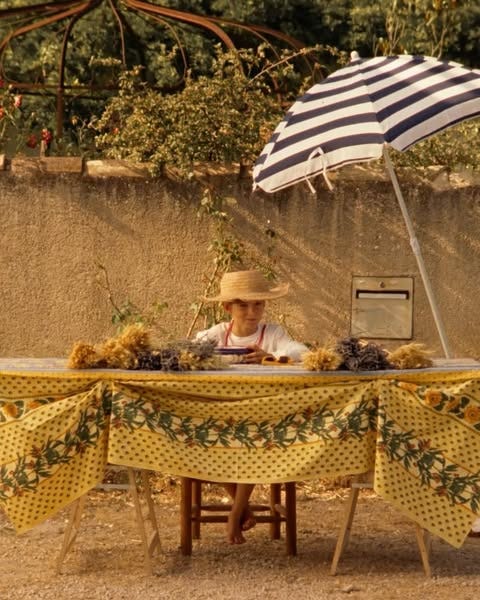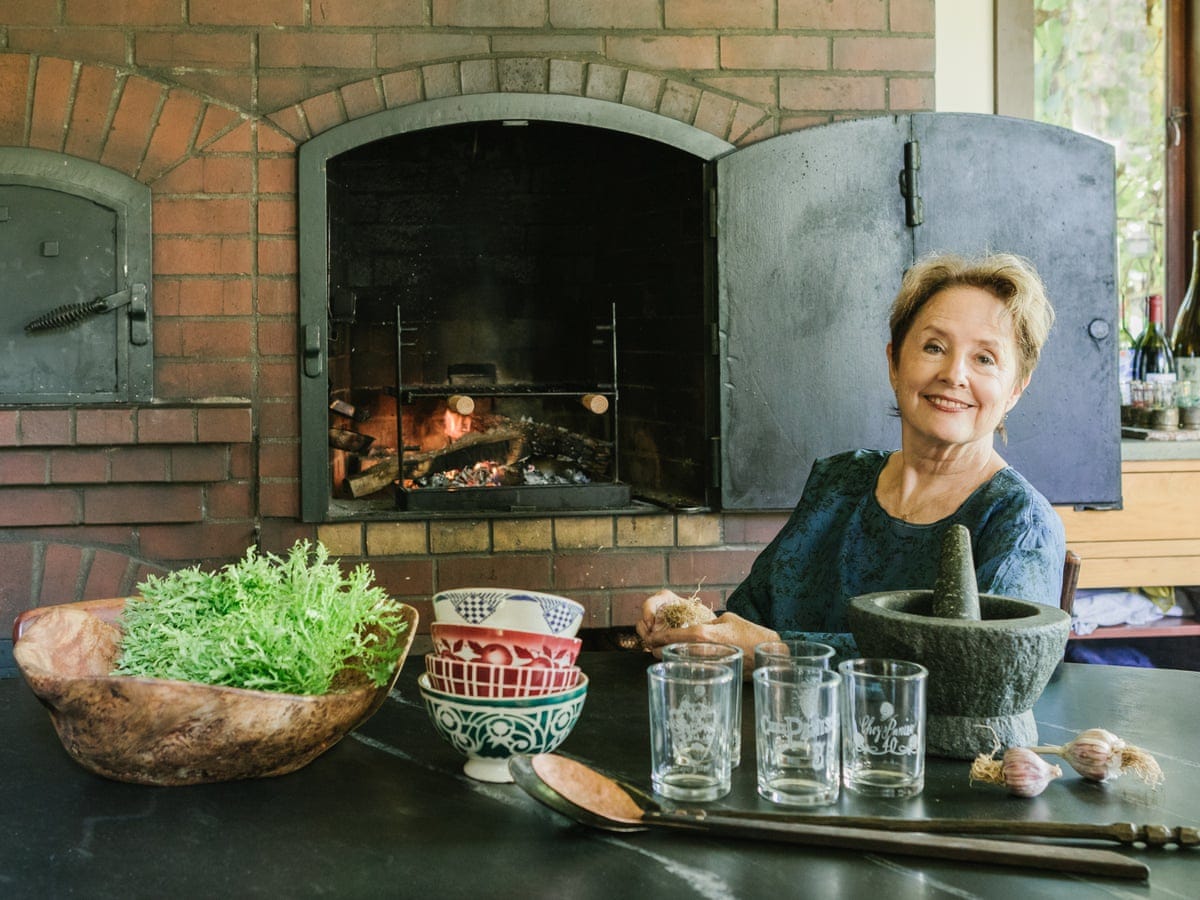Become your brand’s biggest asset
An introduction to founder-brand fit
The Brandsider is a newsletter about the making of cult brands. Every week, we unpack essential lessons and case studies to help you build your own.
September 19, 2025 | Edinburgh, UK
Hi there, and welcome back to The Brandsider.
This week has been quiet on socials, but busy nonetheless. This season is about figuring out what The Brandsider will ultimately become. And every week, I get a bit closer towards it - iterating and sharing my learnings as I go.
But while I locked in the core DNA of this brand a long time ago (a strategist decoding cult brands), I’m still refining the how. Optimizing not just for the right business model, but also the approach that aligns with my working style, my psychology, and my long-term goals.
Because cult brands aren’t built in a quarter.
To become truly cult - compounding lore, equity and shared meaning - they need to sustain a founder’s obsession over a long period of time.
We’re talking 5, 10, 15 years focused on a single thing -
which is why the brand needs to be built around the founder, first and foremost.
This week, we’ll be covering:
Why founder-brand fit should be your north star
3 cult-worthy examples of founder-brand fit
Tactical tips for finding your own
Founder-brand fit
You’re probably familiar with product-market fit (PMF).
Borrowed from the startup world, PMF is the moment where everything clicks: your product solves a real problem, demand picks up, and hockey-stick growth feels effortless.
PMF is a powerful signal for short-term success.
But cult brands demand more: a founder willing to keep showing up year after year.
And if the shape of the brand doesn’t align with you - your interests, your rhythm, your life - you won’t have the stamina to make it magnetic, let alone lasting.
This is where founder-brand fit comes in.
If PMF is about the market pulling the product forward…
then founder-brand fit is about the founder sticking around long enough for the brand to become cult.
Without it, the spark burns out before it can become truly enduring.
Seeing it in action
Founder–brand fit isn’t a nice-to-have. It’s what keeps a cult brand alive long after the initial hype fades.
When it’s real, it rests on three traits:
Conviction: the founder’s belief in the core idea never wavers, because it’s deeply embedded in who they are.
Compatibility: the brand is built into a fulfilling life, instead of competing with it.
Continuity: the brand evolves as the founder evolves, staying tethered over time.
1. Conviction
Every cult brand begins with a founder’s non-negotiable truth. An obsession so deeply embedded in who they are that it shapes everything the brand becomes.
Simon Jacquemus didn’t launch his label to capture a market segment. He built it as a love letter to his mother, his childhood, the South of France. That conviction is so personal that it can’t be replicated.
Jacquemus isn’t just a fashion brand - it’s the deepest expression of its founder. Simon’s joy, his countryside life, his eye for whimsy. We’re not buying into clothing - we’re buying into his inner world.
Watch → Begin with obsession (The Brandsider)
2. Compatibility
Cult brands don’t just fit the market - they fit the founder’s life.
When work and life reinforce each other instead of competing, the founder has the stamina to keep going for decades.
Alice Waters could have scaled Chez Panisse into a global franchise. Investors would have lined up. But instead, she chose to keep it small, local, and deeply rooted in Berkeley. That decision wasn’t a lack of ambition - it was alignment.
Waters’ vision of food was inseparable from her personal life: seasonal ingredients, community tables, intimate rituals. To grow it into a chain would have broken the very compatibility that made it special in the first place.
Chez Panisse has endured for more than 50 years not because it chased growth, but because Alice built it in a way that was livable for her.
Watch → How Assouline turned taste into legacy (The Brandsider)
3. Continuity
For a cult brand to endure, the founder’s life and the brand’s story need to stay tethered through time. When that red thread holds, the brand feels alive.
Paloma Lanna has mastered continuity with Paloma Wool. Her most recent campaign blurred the lines between home and work - motherhood and art - as her life has evolved:
“With Candela’s birth and Salomé growing quickly, the boundaries between home and work have blurred. […] [This] felt like the most honest way to portray Paloma Wool right now.”
Instead of hiding her intense reality, Paloma folded it into the brand -
making her changing life the raw material for its story.
Contrast this with Glossier. Emily Weiss’s obsession with messy bathroom shelves and beauty rituals fueled the brand’s early magic. But as her life and ambitions shifted, the brand lost its tether. The products remained, but the continuity broke.
As my friend Arielle put it: “I miss when Glossier was Glossier”
That’s because cult brands fade when founder-brand fit does. That is, unless another visionary leader takes the helm - making the brand’s obsession their own.
The playbook:
Test your founder-brand fit
Here are 5 questions to ask yourself this week:
What’s the obsession I’d pursue even if nobody paid me?
Can I imagine still caring about this 10 years from now?
Do the demands of my brand align with the lifestyle I want for myself? If not, what needs to change?
Does my brand grow as I grow, or do I feel trapped inside it?
And, if you’re ready to move on: Have I identified and trained a leader who both understands the core DNA of my brand, AND can layer on their own obsessive vision for its next chapter?
The messy middle
It’s tempting to look at cult brands years in the making, and believe they were inevitable from the start.
But that’s not reality. Cult brands are built through iteration. Even when the what feels clear, the how keeps evolving until it finally clicks. This is what I’m experiencing first-hand.
Founder–brand fit isn’t about ‘getting it right’ once. It’s about continually refining the alignment between who you are, how you work, and what you’re building over years.
The middle is always messy. But when the fit is right, the brand has the time and space to grow into something exceptional - and eventually, to feel inevitable.
Hope you enjoyed this new format - would love to hear your thoughts. Until next week!
xo,
The Brandsider







Wow I love this new format. Exactly what I’ve been looking for. Do you think fit or grit?